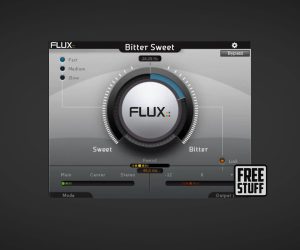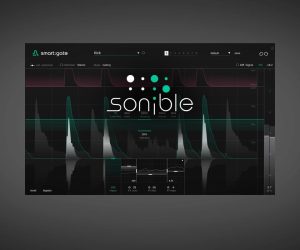
Transient Designer 4 Mk2
SPL’s original, redesigned.
In 1998, the SPL Transient Designer created a new breed of dynamic processors. Level-independent processing of attack and sustain of audio signals has revolutionised music production in a significant way. The newest generation of the Transient Designer 4 features the same processing qualities as its predecessor, but comes in a new design and has an even better feel due to the solid aluminium knobs. The Transient Designer 4 Mk2 offers four Transient Designer channels in one 19-inch device.
Transient Designing
SPL Transient Designer – the revolution in dynamics processing. With the Transient Designer it is possible to manipulate the envelopes of audio signals level-independently, with no threshold. Accelerate or slow down transients, lengthen or shorten sustain times with just two controls, attack and sustain. All time constants are automated in a musical way and optimise themselves adaptively according to the characteristics of the input signal.
Features:
- Attack. Attack can be used to increase or attenuate the transient phase of a signal by up to 15 dB. A positive attack value increases the amplitude of the transient response. Negative attack values lead to an attenuation.
- Sustain. Sustain can be used to increase or attenuate the sustain phase of a signal by up to 24 dB. Positive sustain values extend the sustain. Negative Sustain values shorten the sustain.
- On. The On switch activates the respective Transient Designer channel. This allows you to quickly switch between processed and unprocessed signal. To minimise switching noises, switching is performed directly after the balanced inputs and outputs. This relay hard bypass circuitry also provides immediate redirection of inputs to outputs in the event of a power fault on the primary or secondary side of the power supply, or if the device is powered off.
- Signal LED. The Sig LED (Sig) indicates whether an audio signal is present at the input which has a level higher than -20 dB.
- Link. Channels 1 & 2 as well as 3 & 4 can be linked for processing stereo signals. The respective left channel becomes the master.
- The Differential Envelope Technology. Differential Envelope Technology (DET) enables, through differential envelopes, level-independent processing of dynamic signal characteristics. Only two controls are needed to control the transient response. The envelope trackers align the working processes with the natural signal characteristics. This ensures optimum results for every moment.
- Inputs & Outputs. The four channels of the Transient Designer are equipped with Neutrik XLR sockets with gold-plated contacts. The signal transmission is electronically balanced at a nominal level of +6 dB.
- Looks Great, Feels Great, Lasts A Lifetime. The Transient Designer 4 Mk2 has a 4 mm thick, black anodised aluminium front panel and aluminium knobs milled from solid. The housing is made of high-quality steel and is powder-coated in elegant black.
- Sounds Good. With all SPL devices we develop not only according to plan, but also by ear. Many important components are installed on the circuit boards using through-hole technology. This way we can ensure that we can use the best sounding components.
















RESPONSES